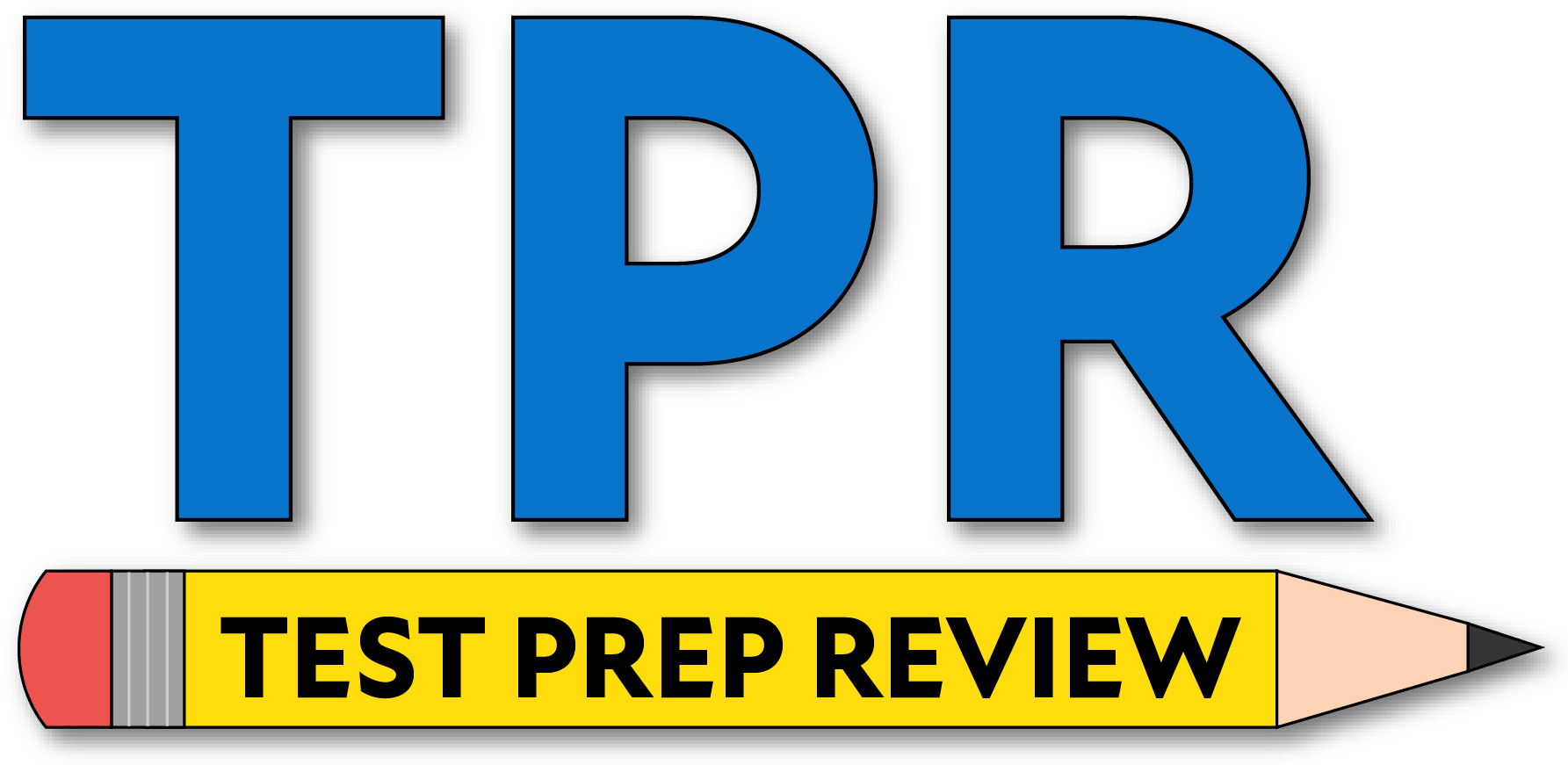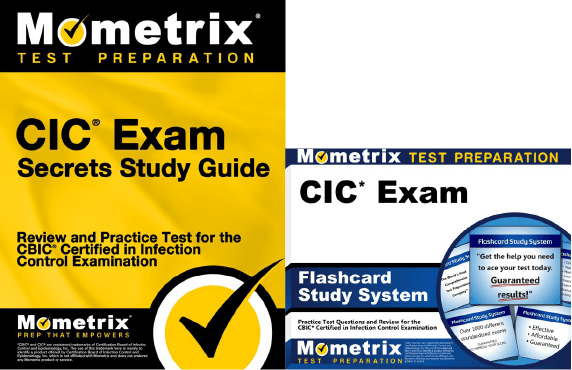If you need help studying for the CBIC Certification in Infection Prevention and Control (CIC) exam or just want some more information about what the exam is like, you’ve come to the right place.
Click below to take a free CIC practice test!
What’s on the Exam?
How to Register
Exam Scores
Retaking the Exam
Online CBIC Prep Course
FAQs
Exam Eligibility
Before you can register to take the CIC exam, you’ll need to meet ALL of the following requirements:
- You need to complete post-secondary education in a health-related field
- You need to have had direct responsibility of infection prevention and control programs in a healthcare setting
- You need at least one year of full-time employment, two years of part-time employment, or 3,000 hours of work experience within the last three years
If you meet these requirements, you’re set to begin the registration process!
What’s on the Exam?
First, let’s talk about the questions on the exam. There are 150 multiple-choice questions total, but only about 135 of the questions will count toward your score. Why is that?
The 15 unscored questions on the exam are “pretest” questions. These are added to the exam to determine if they’re good enough questions to add to future versions of the test.
The trick is that you won’t have any way of knowing which questions are scored and which ones are pretest. They will appear just like the scored questions throughout the test.
The time limit for the exam is 3 hours. There aren’t any scheduled breaks, but you’re free to take restroom breaks as needed.
Let’s take a closer look at the different sections of the exam:
1. Identification of Infectious Disease Processes
22 questions
- Assessing the risk factors for infectious diseases, including travel, vaccination history, and immune status
- Monitoring emerging health threats and collaborating with public health organizations locally and globally
- Identifying best practices for specimen collection, transport, handling, and storage
- Interpreting diagnostic, radiologic, procedural, and laboratory reports for clinical relevance
- Correlating symptoms, clinical signs, and test results to detect infectious diseases
- Distinguishing between colonization, infection, and pseudo-infection, such as contamination
- Differentiating between prophylactic, empiric, and therapeutic uses of antimicrobials
2. Surveillance and Epidemiologic Investigation
22 questions
- Design of surveillance systems
- Collection and compilation of surveillance data
- Interpretation of surveillance data
- Outbreak investigation
3. Preventing/Controlling the Transmission of Infectious Agents
22 questions
- Developing infection prevention policies and procedures based on laws, regulations, manufacturer instructions, evidence-based guidelines, and national standards
- Collaborating with relevant groups and agencies to plan community and facility responses to biological threats and disasters
- Identifying and implementing infection prevention and control strategies related to various areas
- Identifying and implementing strategies related to transmission-based precautions in addition to standard precautions
- Adapting transmission-based precautions to the specific healthcare setting, facility design, and patient interactions
- Collaborating with key stakeholders on antimicrobial stewardship programs
- Collaborating with key stakeholders to manage emergency preparedness and response
4. Employee/Occupational Health
11 questions
- Assessing and developing screening and immunization programs
- Collaborating with employee and occupational health to provide counseling, follow-up, and work restriction recommendations for communicable diseases and exposures
- Collaborating with employee and occupational health to evaluate infection prevention data and provide recommendations for situations such as needlestick injuries and splashes
- Collaborating with employee and occupational health to identify healthcare personnel who may pose a transmission risk to patients, coworkers, or communities
- Consulting on alternative infection prevention options
- Assessing the risk of occupational exposure to infectious diseases
- Educating on safe work practices
5. Management and Communication
14 questions
- Planning the infection prevention program
- Communication
- Quality performance improvement and patient safety
6. Education and Research
12 questions
- Assessing needs, developing goals, and setting measurable objectives for educational offerings
- Preparing, presenting, coordinating, and disseminating educational content tailored to the audience
- Identifying differences between knowledge, training, and competency concepts
- Providing immediate feedback, education, and training to healthcare workers when lapses in practice are observed
- Facilitating education for patients, families, and others about prevention and control measures
- Assessing the effectiveness of education and learner outcomes
- Implementing strategies that engage patients, families, and others in infection prevention activities
- Conducting literature reviews to gather relevant information
- Critically appraising literature
- Facilitating the incorporation of applicable research findings into practice
- Identifying opportunities for research on performance improvements
7. Environment of Care
14 questions
- Environmental safety
- Recognizing and monitoring safe care environment elements
8. Cleaning, Disinfection, Sterilization of Medical Devices and Equipment
18 questions
- Auditing documentation processes to ensure compliance with regulatory and policy requirements
- Collaborating with stakeholders to determine whether products are single-use, able to be reprocessed internally, or require external reprocessing
- Identifying and evaluating appropriate cleaning, disinfection, and sterilization practices based on intended use
- Identifying and evaluating critical steps of cleaning, low-level disinfection, high-level disinfection, and sterilization through direct observation
How to Register
Once you’ve ensured that you meet all of the eligibility requirements, you can register for the exam!
To get started, you’ll need to submit an application on CBIC’s website. The application will ask you for your contact information and any documentation to prove your eligibility (among other things). When you submit the application, you’ll also need to submit the testing fee, which is $430.
How is the Exam Scored?
The test is scored using a scaled scoring method. Here’s how it works:
For every question you answer correctly, you get one point added to your raw score. At the end of the test, your final raw score will be converted to a scaled score. This scaled score will range somewhere between 300 and 900.
The reason your raw score is converted to a scaled score is because everyone who takes the test is given a slightly different set of questions. Since everyone has a different arrangement of questions, and because some questions are harder than others, converting your raw score to a scaled score ensures a more even playing field.
Retaking the Exam
If you didn’t get a passing score on your first try, that’s okay! You can retake the test after a 90-day waiting period.
Keep in mind that you will have to pay the full testing fee every time you retake the test.
Online CIC Prep Course
If you want to be fully prepared, Mometrix offers an online CIC prep course. The course is designed to provide you with any and every resource you might want while studying. The CIC course includes:
- 70+ Review Lessons Covering Every Topic
- 600 CIC Practice Questions
- More than 750 Digital Flashcards
- Money-back Guarantee
- Free Mobile Access
- and More!
The CBIC prep course is designed to help any learner get everything they need to prepare for their CIC exam. Click below to check it out!
FAQs
How many questions are on the CIC exam?
The exam contains 150 questions.
What is the time limit for the CIC exam?
The exam is timed at 3 hours.
What is the passing score for the CIC exam?
You’ll need to get a final scaled score of at least 700 to pass.
How much does the CIC exam cost?
The testing fee is $430.



 CIC Online Course
CIC Online Course CIC Study Guide
CIC Study Guide CIC Flashcards
CIC Flashcards

